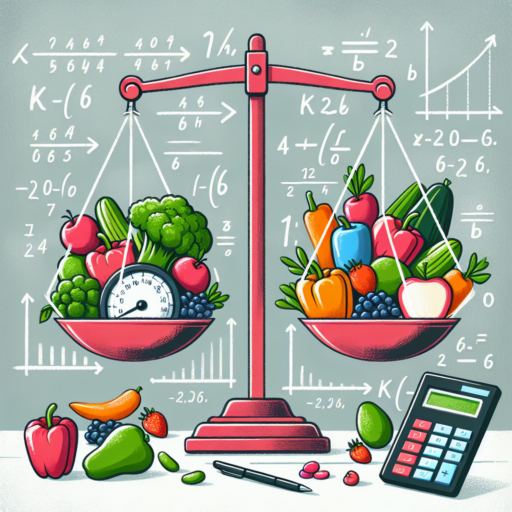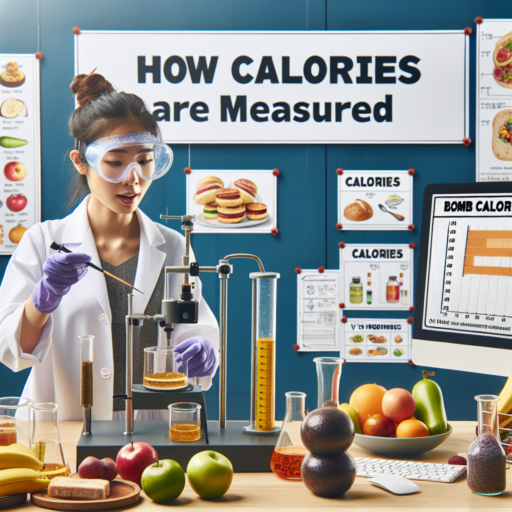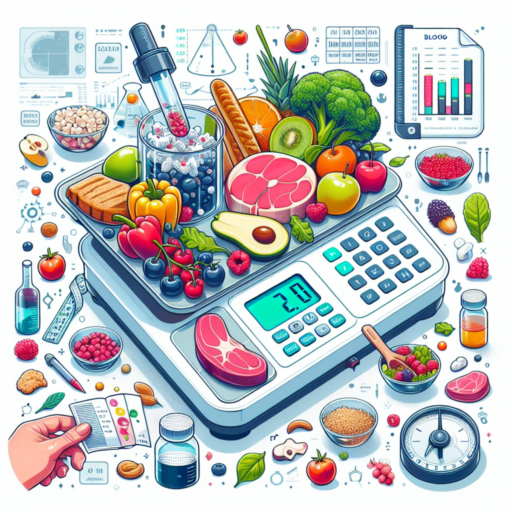No se han encontrado productos.
Is A kcal the same as a Cal?
Understanding the difference between a kilocalorie (kcal) and a calorie (Cal) is crucial when it comes to nutritional information and energy consumption. Despite often being used interchangeably in everyday language, there’s a significant distinction in the scientific and nutritional contexts that should not be overlooked.
First and foremost, it’s vital to recognize that when we talk about calories in food, we’re technically referring to kilocalories. One kilocalorie (kcal) is equivalent to 1,000 true calories, which are the units of energy it takes to raise the temperature of 1 kilogram of water by 1°C. This might seem confusing since food packages commonly label the energy content as «Calories» with a capital «C», which is actually synonymous with kcal.
In contrast, a calorie (with a lowercase «c») or true calorie, is a smaller unit of energy and is less commonly used when discussing food. This distinction is paramount in scientific fields, especially in physics and chemistry, where precise measurements are essential. Nonetheless, for practical dietary purposes, when people refer to calories, they are typically speaking about kilocalories, the unit that describes the energy provided by food and beverages.
How are kcals measured?
Understanding how kilocalories (kcals) are measured is pivotal for anyone managing their dietary intake or working within the nutritional and food industries. The process of measuring kcals is rooted in the science of calorimetry, a technique that evaluates the energy foods provide when consumed.
At the core of this process is the calorimeter, a specialized device used to ascertain the caloric content of food items. The device measures the heat produced when a food sample is burned, reflecting the amount of energy that food can supply. This measurement is crucial because it helps consumers and professionals alike gauge the energy value of different foods, which is particularly important for meal planning and nutritional analysis.
Beyond the calorimeter, there are standard conversion tables that professionals use to approximate kcals. These tables rely on average values for macronutrients: carbohydrates, proteins, and fats. For instance, knowing that carbohydrates and proteins generally contain about 4 kcals per gram, while fats contain around 9 kcals per gram, allows for a rough estimate of total calorie content based on food composition.
Nevertheless, it’s essential to recognize that while these methods provide a foundation for understanding food energy, the actual metabolic effects can vary based on individual factors and food composition. Therefore, measuring kcals is more than just a number; it’s about understanding the broader context of nutrition and energy consumption.
What is the unit of 1 kcal?
Understanding the unit of 1 kcal (kilocalorie) is crucial in various fields, particularly nutrition and physics. A kilocalorie represents the amount of heat energy required to raise the temperature of one kilogram of water by one degree Celsius at one atmospheric pressure. It’s a unit of energy commonly used to express the energy content of foods and is often referred to simply as «calorie» in dietary contexts.
In more technical terms, the unit of 1 kcal is equivalent to 1,000 small calories, with the small calorie (cal) being the energy needed to raise the temperature of one gram of water by one degree Celsius. This distinction is important for scientific accuracy, as the term «calorie» is often used interchangeably in everyday language, potentially leading to confusion. The kilocalorie is also equivalent to 4.184 kilojoules (kJ), another unit of energy frequently used in scientific and nutritional contexts.
The understanding of 1 kcal and its conversion into other units of energy is fundamental for professionals in nutrition, dietary planning, and even athletic coaching. By grasitating the value and implications of calorie intake and expenditure, individuals can tailor their diets and exercises to better meet their health and performance goals.
Does kcal mean 1000 calories?
When embarking on the journey of understanding nutritional values and calorie counting, one frequently encountered term is ‘kcal’. The question that arises here is: Does kcal mean 1000 calories? Essentially, the answer is yes. In the context of dietary calories, the term ‘calorie’ is often used interchangeably with ‘kcal’, though they technically represent differing measures of energy.
Calories are a unit of energy that indicate the amount of energy stored in the food we consume. However, in scientific terms, a calorie (cal) is the amount of energy needed to raise the temperature of 1 gram of water by 1°C. Contrastingly, a kilocalorie (kcal) equates to the energy needed to elevate the temperature of 1 kilogram of water by 1°C. Therefore, when referring to food energy, 1 kcal is equivalent to 1000 true calories, which is why the term calories is often used for simplicity on food labels and dietary discussions.
This distinction is crucial for understanding nutritional information and managing dietary intake effectively. It underscores the magnitude of energy provided by different foods and assists individuals in making informed choices regarding their meals. Recognizing that a kcal represents 1000 actual calories can demystify the process of calorie counting and help in achieving dietary objectives more adeptly.




